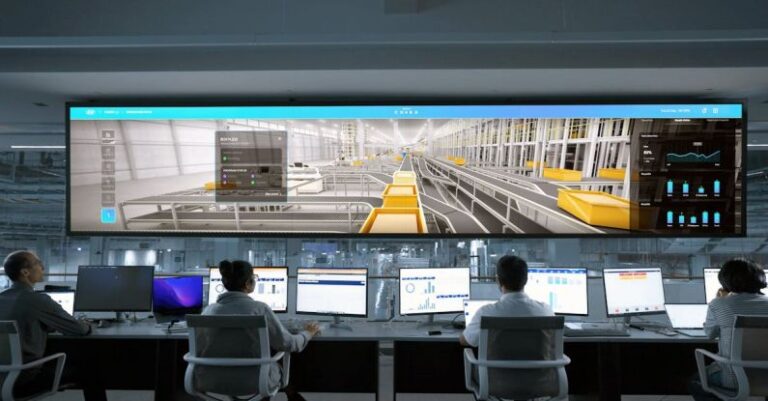
Extreme temperatures can have a significant impact on the performance of robots. These advanced machines, designed to operate in various environments, are susceptible to the effects of both extreme heat and cold. Understanding how these temperature extremes affect robotic performance is crucial for the development and deployment of robots in diverse settings. From industrial applications to space exploration, the challenges posed by extreme temperatures highlight the importance of engineering resilient robotic systems.
**The Impact of Extreme Heat**
High temperatures can pose numerous challenges for robots, affecting their functionality and longevity. One of the primary concerns with extreme heat is the potential for components to overheat, leading to malfunctions or even permanent damage. Heat can degrade the performance of sensors, processors, and other electronic parts essential for the robot’s operation. Moreover, excessive heat can impact the lubricants and materials used in the robot, leading to increased friction, wear, and potential failures.
**Thermal Management Strategies**
To mitigate the effects of extreme heat on robotic performance, engineers employ various thermal management strategies. These include incorporating heat sinks, fans, and cooling systems to dissipate heat effectively. By enhancing the robot’s ability to regulate its temperature, these technologies help maintain optimal operating conditions even in high-temperature environments. Additionally, the design of the robot itself plays a crucial role in its heat resistance, with materials and insulation choices impacting its overall thermal performance.
**Challenges in Extreme Cold**
On the other end of the spectrum, extreme cold also presents challenges for robotic systems. Low temperatures can cause mechanical components to become stiff or brittle, reducing their flexibility and potentially leading to breakages. Batteries and power sources may experience reduced efficiency in cold environments, impacting the robot’s overall energy supply. Moreover, the performance of sensors and actuators can be compromised by freezing temperatures, affecting the robot’s ability to perceive and interact with its surroundings.
**Cold-Weather Adaptations**
To address the challenges posed by extreme cold, engineers develop solutions tailored to cold-weather environments. Insulating critical components, using cold-resistant materials, and implementing heating elements are common strategies to enhance a robot’s cold-weather performance. By ensuring the robot can maintain proper functionality in sub-zero conditions, these adaptations expand the range of environments in which robots can operate effectively.
**Balancing Temperature Extremes**
Achieving a balance between extreme heat and cold presents a complex challenge for robotic engineers. Developing robots that can withstand a wide range of temperatures while maintaining optimal performance requires a multidisciplinary approach. From materials science to thermal dynamics, various fields contribute to creating robots capable of operating in diverse environmental conditions. By understanding the impact of temperature extremes on robotic systems, engineers can design more resilient and adaptable robots for a wide array of applications.
**Innovations in Temperature Regulation**
Advancements in temperature regulation technologies continue to drive progress in robotic performance under extreme conditions. From self-regulating systems that adjust internal temperatures based on external conditions to smart materials that respond to temperature changes, ongoing research aims to enhance the thermal resilience of robots. By leveraging innovative solutions, engineers can overcome the challenges posed by extreme temperatures and unlock new possibilities for robotic applications in challenging environments.
**Adapting to Environmental Variables**
As robots play an increasingly vital role across industries and applications, their ability to adapt to environmental variables becomes crucial. Whether navigating harsh terrains, exploring extreme climates, or performing critical tasks in challenging conditions, robots must demonstrate resilience in the face of temperature extremes. By equipping robots with robust thermal management systems and adaptive capabilities, engineers pave the way for the next generation of versatile and capable robotic systems.
**Conclusion: Engineering Resilience in Robotic Systems**
In conclusion, the impact of extreme temperatures on robotic performance underscores the importance of engineering resilient systems capable of operating in diverse environments. By addressing the challenges posed by extreme heat and cold through innovative thermal management strategies and cold-weather adaptations, engineers can enhance the reliability and functionality of robots across a wide range of applications. As technology continues to advance, the ability to design robots that can thrive in extreme temperature conditions opens up new opportunities for exploration, industry, and innovation.





